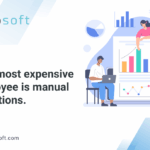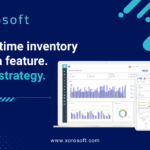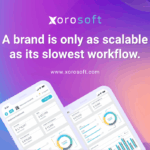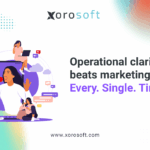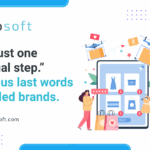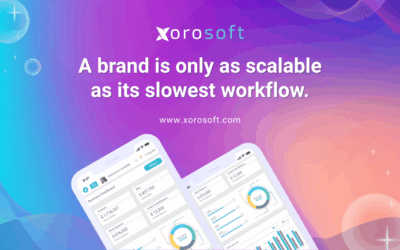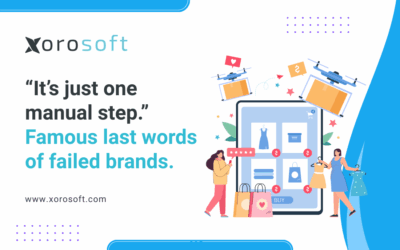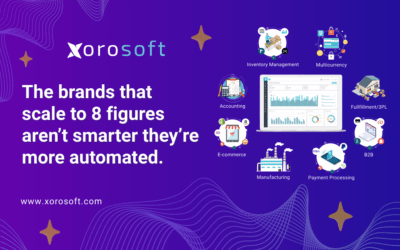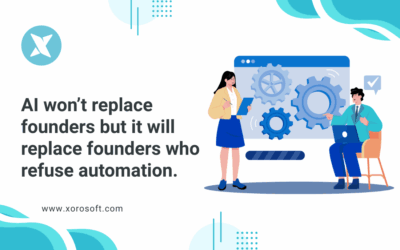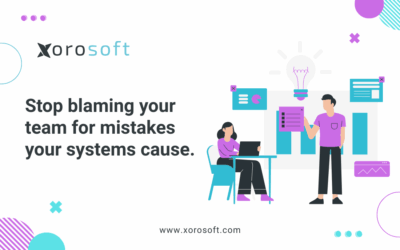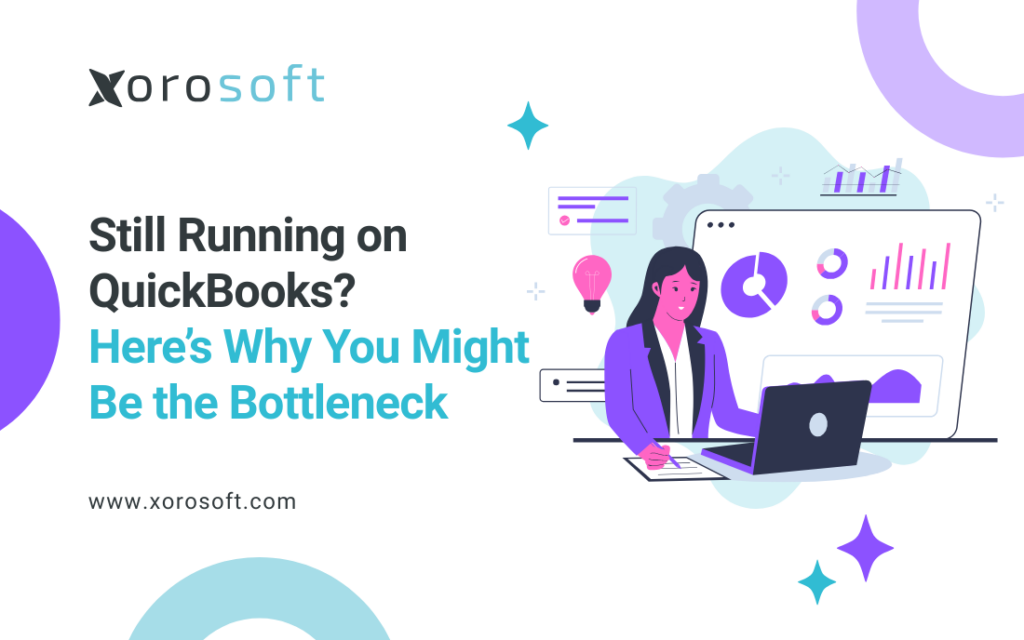
Why QuickBooks Holds Back Growing Businesses
Let’s be honest—if your business is still running on QuickBooks instead of a QuickBooks alternative ERP, there’s a good chance you’re slowing yourself down. At first, QuickBooks feels like the perfect starter kit. It’s affordable, it’s familiar, and it gets the job done.
However, as your company grows—new warehouses, more SKUs, and multiple sales channels—QuickBooks starts showing its cracks. Suddenly, you fight spreadsheets, reconcile avoidable errors, and manage delays that shouldn’t exist in 2025.
Here’s the hard truth: if your company keeps scaling while you cling to QuickBooks, you’re not just managing the bottleneck—you are the bottleneck.
Signs You Need a QuickBooks Alternative ERP
For clarity, consider a few telltale signs. First, stock numbers differ by channel even after you “sync” them. Second, your team spends evenings fixing order issues that an integrated system would prevent. Finally, leaders ask for a simple margin report and, instead, receive three conflicting versions. Consequently, decisions slow, teams stall, and customers feel it.
The High Cost of Sticking with QuickBooks Too Long
QuickBooks handles accounting; it doesn’t orchestrate operations. Therefore, manufacturers, distributors, retailers, and e-commerce brands that rely on it beyond the early stage invite risk.
As a result, chaos creeps into daily work:
-
Inventory mistakes drain profit. One warehouse says 120 units; another shows 75; your physical count reveals 80. Consequently, overselling triggers backorders and refunds.
-
Fulfillment slows to a crawl. Orders from Shopify, Amazon, and wholesale partners need manual reconciliation. Because of that delay, packages go out late, customers lose trust, and churn rises.
-
Accounting absorbs the fallout. Month-end drags on for weeks. In addition, multi-currency and multi-entity requirements overload even sharp finance teams.
-
Leaders fly blind. Reports go out-of-date the second you export them, so executives guess instead of deciding with confidence.
Ultimately, these issues carry real costs: lost sales, higher carrying costs, customer churn, and, importantly, employee burnout.
Why QuickBooks Turns Into a Bottleneck
The core problem isn’t QuickBooks itself—it’s the job you’re asking it to do. QuickBooks serves as a standalone accounting system, not the backbone of a scale-up.
Therefore, as companies grow, they patch gaps with disconnected tools:
-
An inventory app here.
-
A warehouse tracker there.
-
A shipping add-on in the middle.
-
Dozens of spreadsheets to glue it all together.
What you build isn’t a system; it’s a Frankenstein tech stack. Consequently, four compounding issues appear:
1. No real-time visibility. Inventory, accounting, and fulfillment don’t sync; errors surface after they’ve already cost you money.
2. Silos fracture the truth. Each department clings to its own numbers; teams argue instead of acting.
3. Scale multiplies complexity. More orders, warehouses, and integrations create more failure points; firefighting becomes a full-time job.
4. QuickBooks can’t handle the load. Multi-channel, multi-currency, and multi-location demands exceed its scope.
Because of this, fast-growing companies eventually hit a wall and, unsurprisingly, start looking for a QuickBooks alternative ERP that can keep up.
Choosing an ERP After QuickBooks: What to Look For
To move forward, focus on a few essentials. Real-time inventory, robust WMS, native e-commerce integrations, and closed-loop finance + operations should sit at the top of your list. Likewise, verify support for multi-location, multi-currency, and multi-channel operations. Finally, insist on automation that removes manual work instead of merely documenting it.
Unifying Operations With an ERP That Actually Scales
Instead of adding another plug-in, shift to a unified ERP system that centralizes every moving part. Consequently, the business stops leaking time and margin.
-
Inventory becomes live and accurate. Every warehouse, channel, and location stays in sync; therefore, teams stop guessing.
-
Fulfillment flows end to end. Shopify, Amazon, wholesale, and EDI orders enter one system; as a result, errors drop and lead times shrink.
-
Finance connects to operations. Because accounting and inventory share one dataset, you skip rekeying and finally reconcile in hours, not weeks.
-
Visibility spans the org. From the warehouse floor to the CFO’s dashboard, everyone sees the same live truth. Hence, decisions speed up.
In addition, this shift changes culture. Teams collaborate, leaders trust the numbers, and customers feel the difference at delivery time.
Why Xorosoft Is the Best QuickBooks Alternative ERP
This is where Xorosoft ERP stands out. Because it’s built for growing manufacturers, distributors, retailers, and e-commerce brands, it replaces the patchwork stack with a single source of truth.
-
Cloud-native and fast to deploy. You start quickly and scale without legacy baggage.
-
Real-time visibility across operations. Inventory, fulfillment, procurement, manufacturing, and accounting live together—so issues surface early.
-
Warehouse management included. Instead of a bolt-on, Xorosoft provides a robust WMS from day one; consequently, warehouse accuracy improves immediately.
-
Integrations that just work. Shopify, Amazon, EDI, 3PLs, and hundreds of APIs connect seamlessly, so your ERP becomes the hub rather than another silo.
-
Support for multi-everything. Multi-location, multi-currency, and multi-channel requirements run natively; therefore, expansion won’t break your stack.
-
Automation-first design. You eliminate manual tasks, reduce errors, and, ultimately, free teams to focus on growth.
Moreover, the market validates these strengths. On G2, Xorosoft ranks #1 in Ease of Use and G2 recognizes Xorosoft as a High Performer. Additionally, Xorosoft is live on the Shopify App Store, which confirms deep e-commerce integration. See the G2 category here: G2 ERP Systems.
QuickBooks Replacement ERP: Implementation That Doesn’t Stall
Because implementation speed matters, Xorosoft follows a pragmatic rollout. First, the team prioritizes data readiness and core workflows. Next, they streamline integrations. Finally, they train your staff with role-based playbooks. Consequently, your go-live achieves momentum instead of creating drag.
Waiting to Upgrade Only Increases the Cost
QuickBooks served you well at the start. Nevertheless, if you continue relying on it while volume rises, you force teams to work harder for worse results.
Meanwhile, competitors who adopt a modern ERP serve customers faster, recover margin, and execute with confidence. More importantly, they do it without the nightly spreadsheet scramble.
Therefore, if growth matters this quarter—not next year—the smartest move is clear. Choose a platform that removes bottlenecks, standardizes processes, and powers scale.
That’s exactly what Xorosoft delivers.
👉 Ready to move beyond QuickBooks? Explore XoroONE or Book a demo today. Because your business isn’t small anymore—and it deserves more than starter software.
